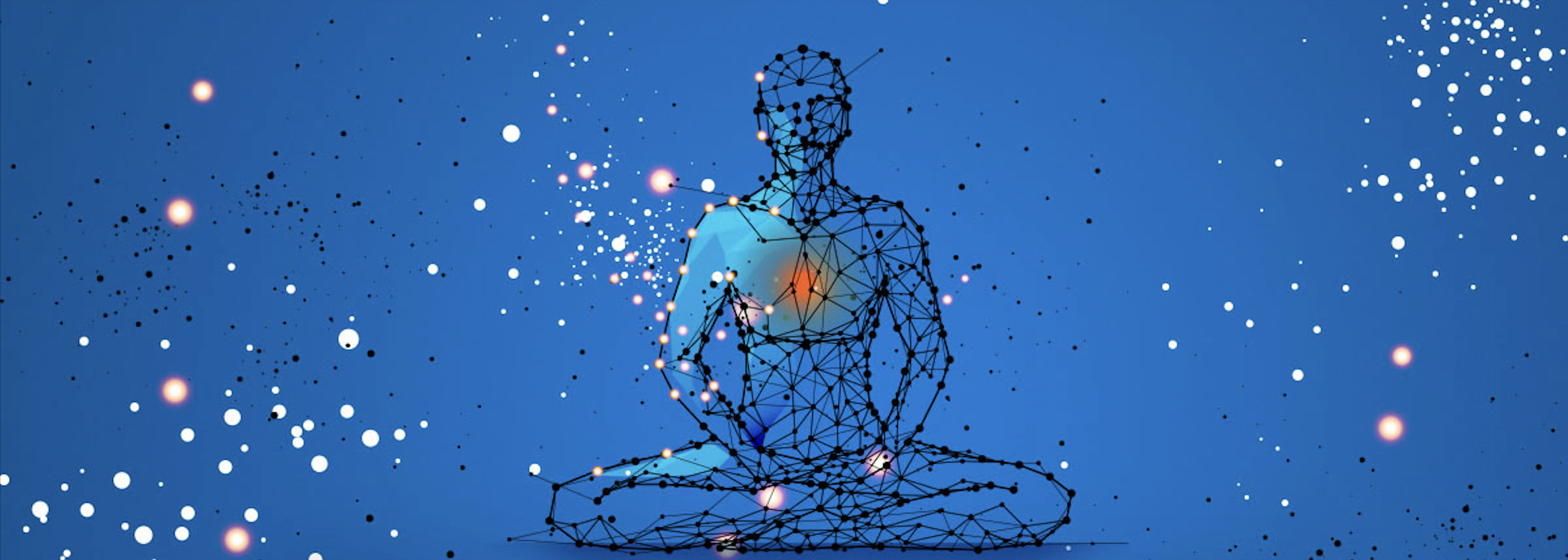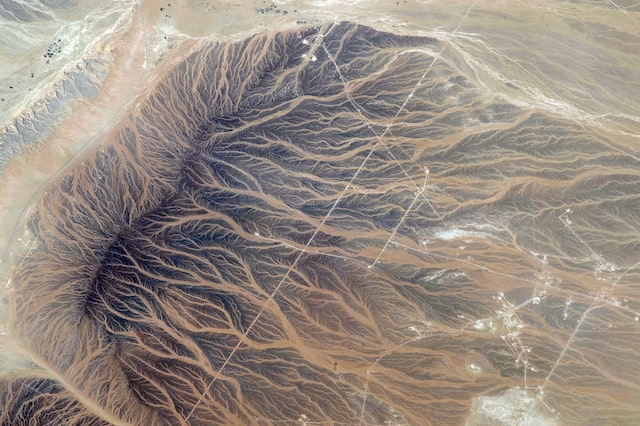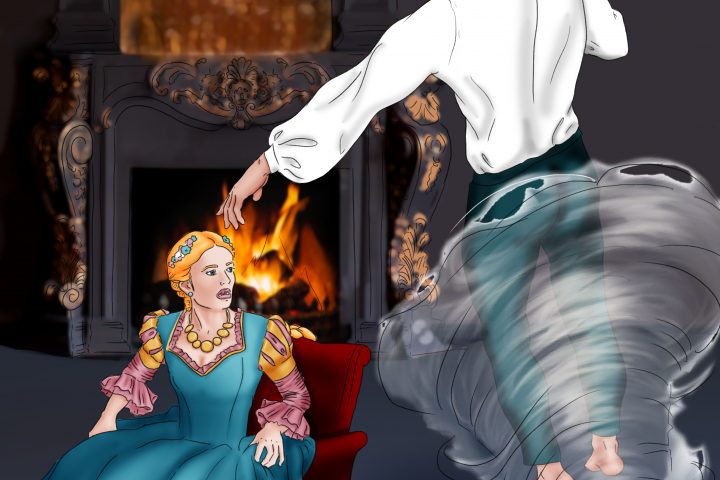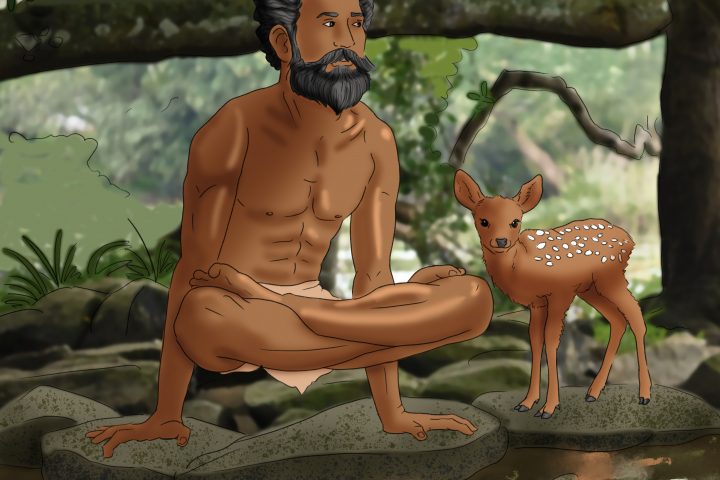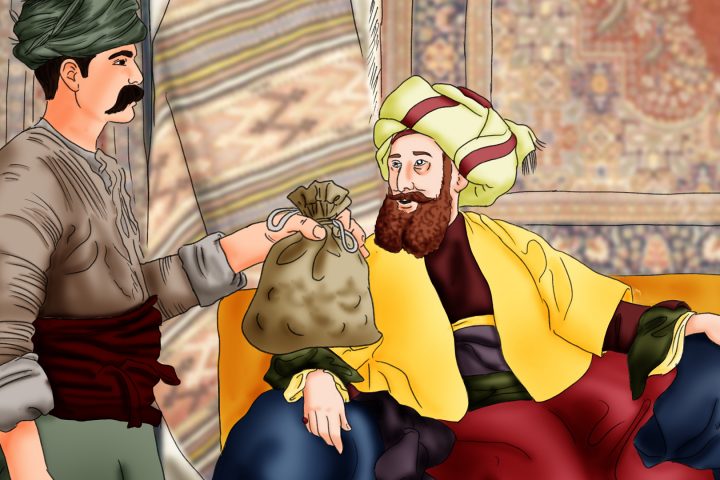Have you ever wondered how the world came to be, according to ancient legends? You’re not alone, though. People have been fascinated by the mystery of how the Earth came into being since the dawn of human civilization!
For centuries, people have pondered the origins of our planet. Different cultures and societies have created their own myths and legends about the creation of the world, frequently combining supernatural and natural elements to answer this fundamental question.
These ancient stories have been passed down through generations and continue to pique our interest in the origins of our planet. Ancient legends about the creation of the earth are fascinating and enduring.
From the Greek myth of Gaia and Uranus to the Norse tale of Ymir and the giant cow to Persian Mashya and Mashyana legend to the Sumerian creation myth to India’s Hiranyagarbha myth – cultural beliefs and myths about the creation of the world, becomes clear because they all offer a glimpse into the rich and varied ways to see things
In this blog post, we’ll take a journey through two of the most fascinating and enduring ancient creation legends – The Chinese creation stories and Jehovah’s work according to the Bible. We’ll explore the beliefs and stories that have helped shape our understanding of how the world began. So sit back, relax, and get ready to delve into the rich and diverse world of ancient legends about the creation of the Earth!
Chinese Creation Legend
Pan Gu Myth
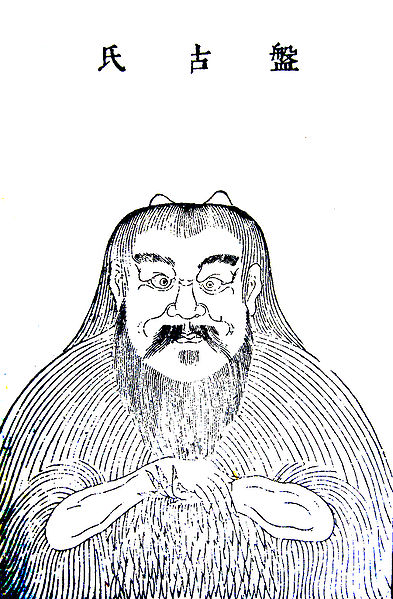
The creation story of the Chinese has a rich history and mythology, with legends that date back to ancient times. According to Chinese legend, the universe and humans were created from a primordial chaos known as Hun-tun. Pan Gu emerged from the chaos as an egg, and he burst forth, shattering the egg and bringing light and life to the universe.
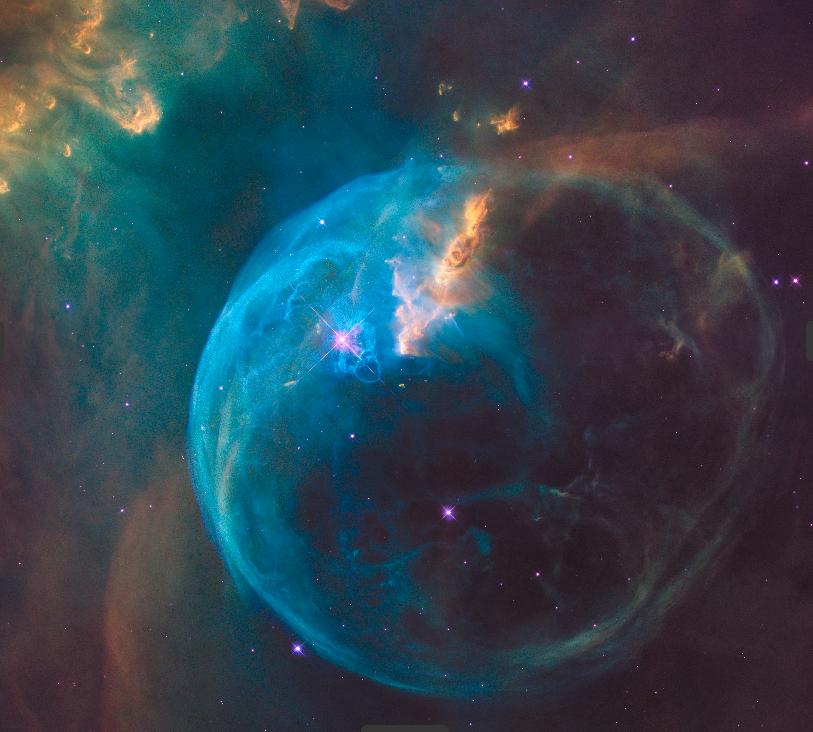
He stood between the universe’s two opposing forces, yin and yang. A massive creature with two horns, two elongated tusks, pointed teeth protruding from the mouth, and a hairy body that towers over other creatures and humans.
He divided heaven and earth with his body, fixed the sun, moon, stars, and planets, and divided the four seas. To shape the earth, he carved out valleys and stacked mountains. Pan Gu’s understanding of yin-yang, the unavoidable principle of duality in all things, made all of this possible.
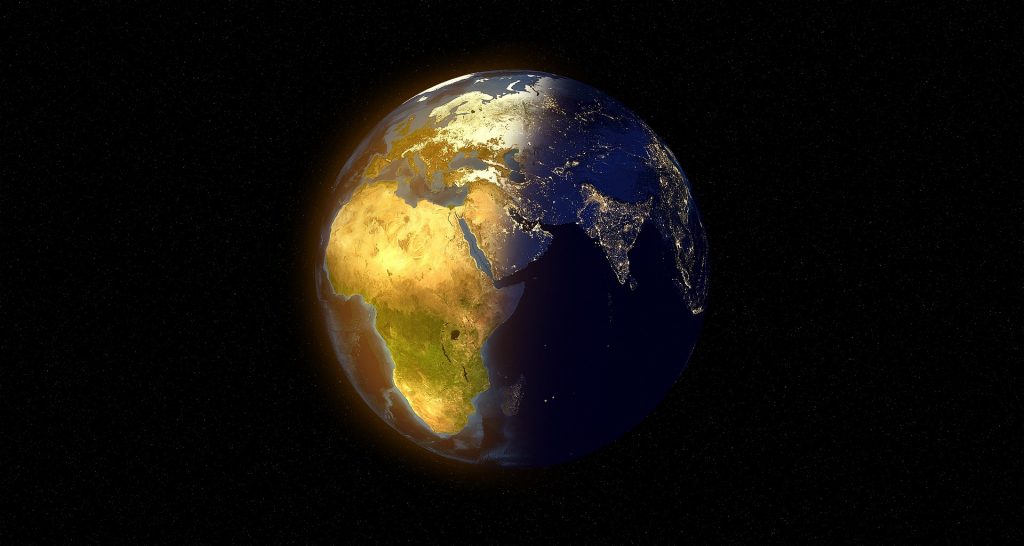
His body parts represent strength and ferocity, enormous power, and authority. Pangu had the body of a human and the head of a beast, symbolizing his role as a bridge between the human and animal worlds.
He’s also known as “P’an K’uei,” “Pa Kua,” and “P’an Ku.” In ancient Chinese legend, Pangu is regarded as the first living being and the ancestor of all other beings. He is typically known as the giant with a long beard, wielding a chisel and hammer for shaping and carving stone, which symbolizes his role as the maker and shaper of the world.
According to another legend, Pangu emerged from chaos and created the world by separating the heavens and the earth. He is said to have spent 18,000 years doing this, with his breath turning into wind, his voice turning into thunder, his left eye turning into the sun, and his right eye turning into the moon.
Pan-Gu continued to grow, and when he finished his work, he laid down to rest, and his body became mountains, his breath wind, and his voice thunder. His hair transformed into trees and his veins into rivers.
Pangu is frequently associated with the Daoist concept of the Dao, which is the ultimate reality and source of all things in the universe. Pangu is a representation of the Dao’s creation of the world through a process of cosmic evolution, according to Daoist belief.
Pangu represents Chinese culture and heritage. His story is well-known in China, and it is frequently cited in literature, art, and popular culture. In addition, Pangu is an important figure in Chinese folklore and ritual. He is frequently invoked in rituals to bring good luck and prosperity, and his legends and folktales are passed down through generations.
Nuwa and Fuxi
In Chinese folk religion, the goddess Nuwa, also known as Nugua, is the Mother Goddess and the creator of all humanity. Nuwa is depicted in Chinese mythology as part-human, part-reptile, with the body of a serpent and the head of a human woman.

Her union with a serpent is significant because snakes have long been associated with fertility. She is formally called Wahuang in Mandarin, which means Lady Wa or Empress Wa. Here we describe major Chinese mythological legends about Nuwa, where she is both mother and goddess of nature, order, marriage, fertility, the creator and protector of humans, and a beast all at the same time.
The Mother Goddess
Although Nuwa did not create the Earth or the universe, she is described in one creation myth as the mother goddess who created humans from wet clay imbued them with life. Nuwa wandered the Earth alone at first. She sculpted beings in her own image from wet clay after seeing her own reflection in the water. When the clay figures came to life, she referred to them as humans. The humans she painstakingly handcrafted became royalty. When she got tired of hand-shaping the clay, she swung around a mud-splattered rope, and the clumps that fell off the rope became the peasants.
The Goddess of Marriage
Nuwa was the first wife and mother in another creation myth, giving birth to humanity. The goddess Nuwa and her brother Fuxi were the only survivors of an apocalyptic flood in another creation myth.
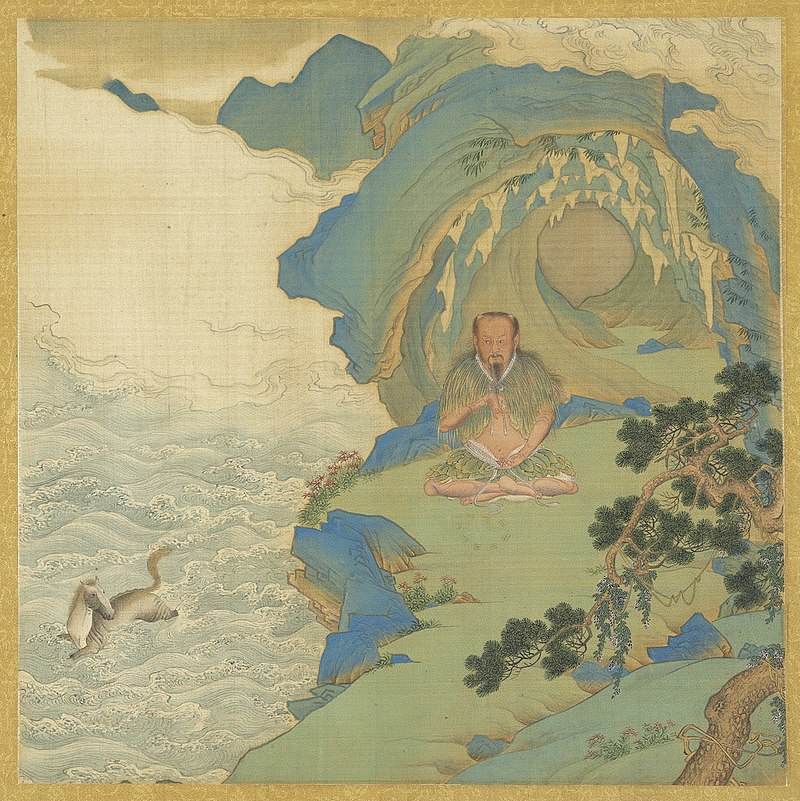
By Qiu Ying – Prologue: The Inspiration from Nature. Viewing Nature in Chinese Art: A Special Exhibit of Select Artifacts from the Museum Collection to Celebrate the 2016 Tang Prize (2016 exhibit). Taipei: National Palace Museum., Public Domain, https://commons.wikimedia.org/w/index.php?curid=64059499
However, because they were siblings, they could not have children without divine permission. They built a fire atop two mountain peaks and watched the smoke rise. They interpreted the fact that the two pillars of smoke did not rise up but instead swirled together and combined into one as a sign from the heavens approving their union. Nuwa and her brother Fuxi later married, becoming the parents of all humanity on Earth. The legend also tells of how Nüwa inspired marriage for her creation. She noticed that the newly-created humans were lonely and needed companionship, so she tied a red string to the ankles of men and women who were destined to be together. This red string would bring the two people together, ensuring that they would find each other and marry. Hence, she established the institution of marriage and its associated traditions.
Another Myth About Nuwa
In another myth, Nuwa saved humans by repairing a schism between the Heavens and the Earth. When Gonggong, the god of water, and Zhurong, the god of fire, fought over who would rule the heavens, a legendary battle that ripped a hole in the sky, their wrath caused numerous fires and floods on Earth. Gongong eventually ripped a hole in the sky, causing suffering on Earth. Nuwa used the sky tortoise’s legs and five multicolored elemental stones to repair the heaven pillars and the hole in the sky. This story, however, has two distinct endings. Nuwa dies from exhaustion after repairing the sky in one. In the other, she sacrificed herself to restore order to the heavens and Earth by mending the sky.

By Xiao Yuncong, 1596-1673 – Public Domain, https://commons.wikimedia.org/w/index.php?curid=91006222
However, the repair was not perfect, causing the Earth to tilt on an axis. In both stories, Nuwa makes a sacrifice to restore order to the world and save humanity.
These legends demonstrate the significance of balance and harmony in the universe, as well as the role of powerful deities in the creation and maintenance of the world. They also emphasize the value of humanity and creation, whether it is the creation of humans from clay or the repair of the heavens after a great flood.
Legends that have undoubtedly influenced Chinese culture and mythology for thousands of years and continue to inspire and amaze us today.
Jehovah’s Creation Story
The Hebrews’ account of creation has had numerous interpretations over time. Some interpret it as a metaphor for the relationship between God and humans, while others consider it a literal account of how the cosmos was created. Whatever the interpretation, this creation legend has had a profound impact on how people think and behave.
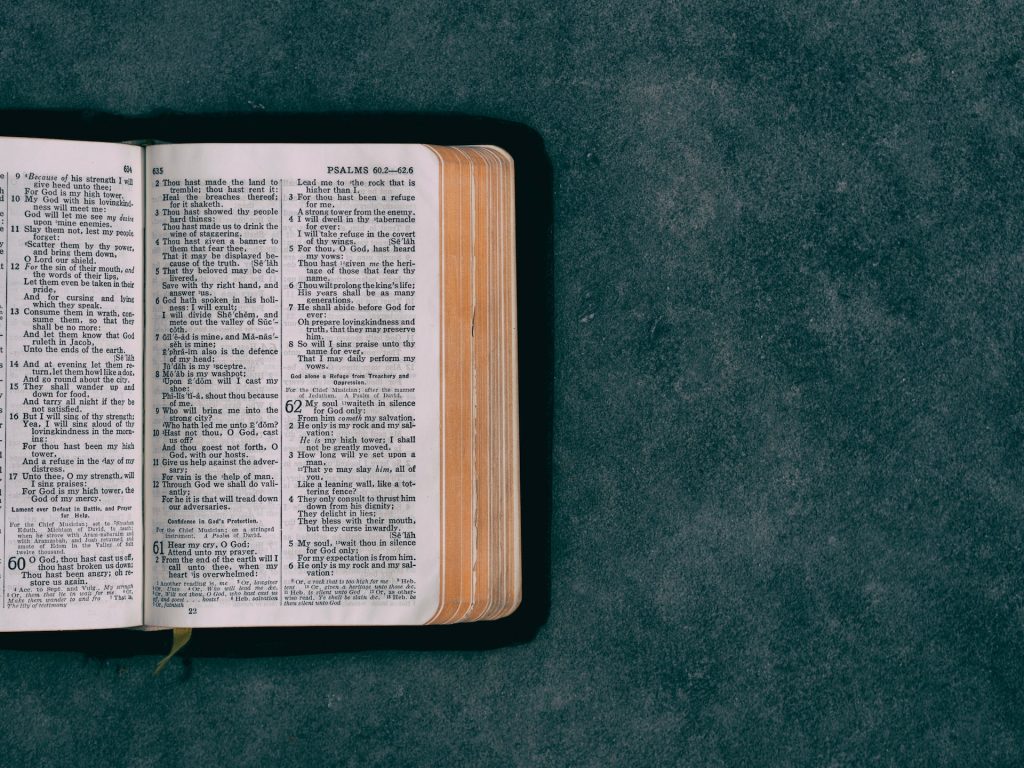
Jehovah is the one true God, according to the Hebrew Bible, who created the universe and everything in it for one singular purpose – His glory! The story begins in Genesis, where Jehovah created the earth and its inhabitants in six days and then rested on the seventh. He created something new on each of those six days. However, he had one mechanism for creating: each day, he called forth whatever he wanted to create, and it became.
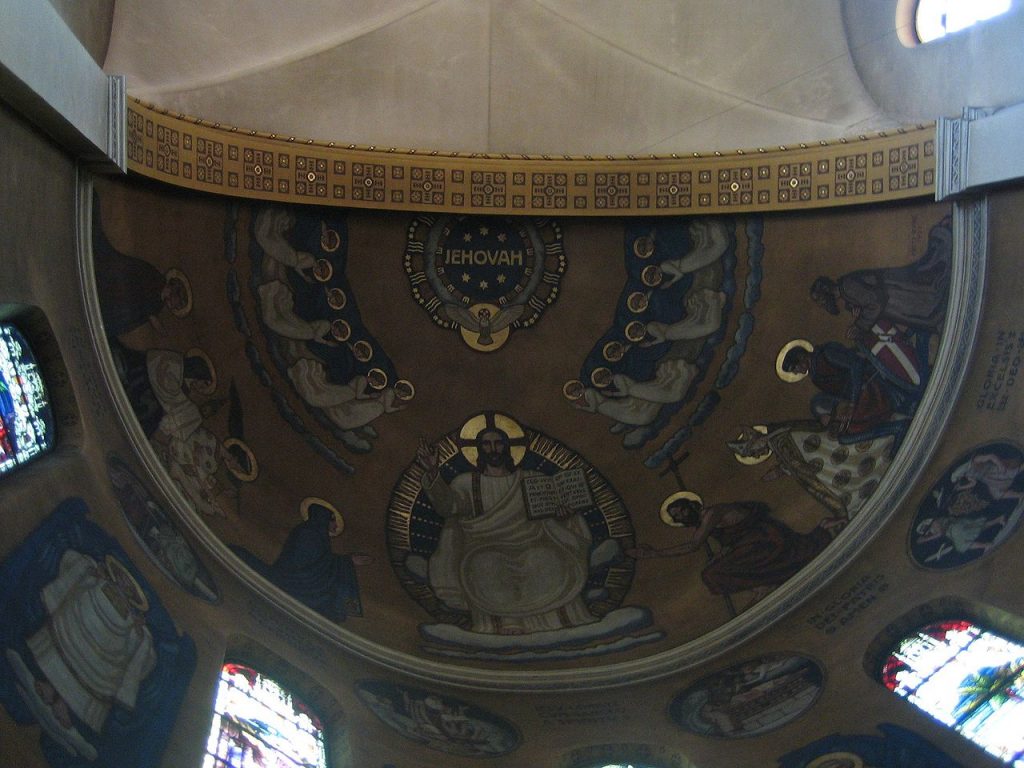
pvasiliadis, CC BY-SA 3.0 http://creativecommons.org/licenses/by-sa/3.0/, via Wikimedia Commons
God began the process of creating the universe by extending himself and releasing his energy. This is simply because he was the personification of light (Everything in the universe, including water is made of light, and scientists have confirmed that the universe continues to expand at the speed of light).
On the first day, he separated light from darkness, resulting in day and night.
On the second day, God created the firmament. This firmament separated the earth from the heavens.
On day three, he summoned two distinct things. One was the separation of land and water. The second was vegetation. These were not random acts; they were a deliberate organization for the continuation of life. Jehovah called the water he gathered seas, and he planted seeds within each type of vegetation, “each according to its kind.” Hence, life as we know it today began on the third day, and Jehovah saw that it was good.
The creation of the sun, moon, and stars was the fourth day’s activity. Jehovah established them to rule over time and seasons and to last as long as the earth exists. Again, he saw what he had made and judged it to be good.
On the fifth day, Jehovah created more life – the great sea creatures and every moving creature with which the waters swarm, according to their kinds, and every winged bird according to its kind.
On the sixth day of creation, God created all the different kinds of animals and humans. He was said to have created man in his own image by molding him with clay and breathing life into his nostrils.
On the last day of Jehovah’s creative work, he rested.
The most important moment in the creation tale is when humans were first created. This legend holds that Jehovah made humanity in his image and gave them control over the planet. As a result, humans are given a special place in Jehovah’s creation and are tasked with caring for all living things in the world, including the environment, animals, and other living creatures. We are urged to treat the world well and use its resources sensibly. This duty is more than just a duty; it is also an opportunity to demonstrate our love for the supreme being and our fellow humans.
This origin story serves as a reminder that we are not the only beings in the universe but we are here for a reason. Humans are not merely haphazard assemblages of atoms; we are created in the image of God
While both ancient legends involve the creation of the world and the beings that inhabit it; the Chinese myth emphasizes the idea of a gradual process of growth and change, while the Bible’s story highlights the power and speed of Jehovah’s creative act.
Additionally, the Chinese myth focuses on the idea of balance between opposing forces, while the Bible’s story emphasizes the idea of a loving, all-powerful God who creates the world for his own purposes
